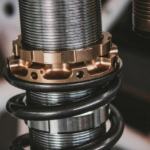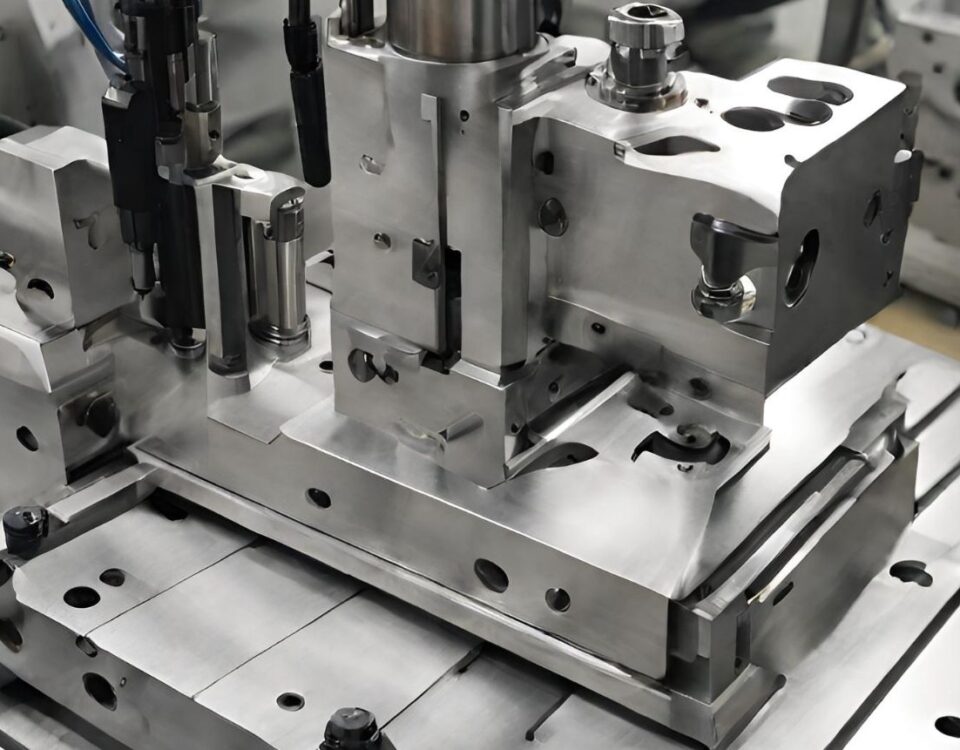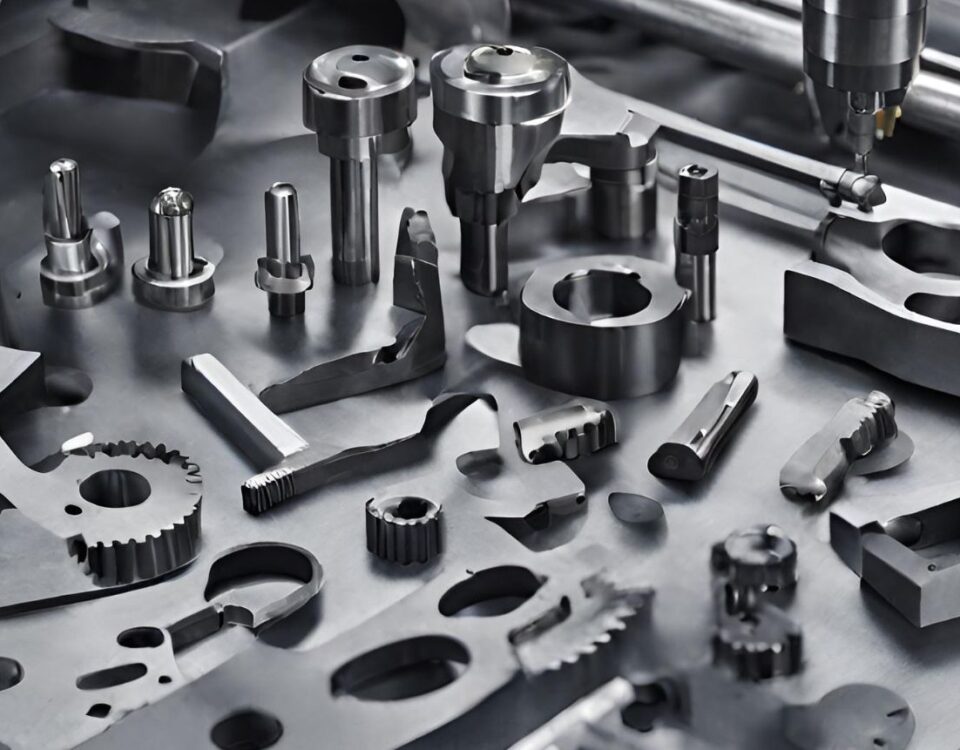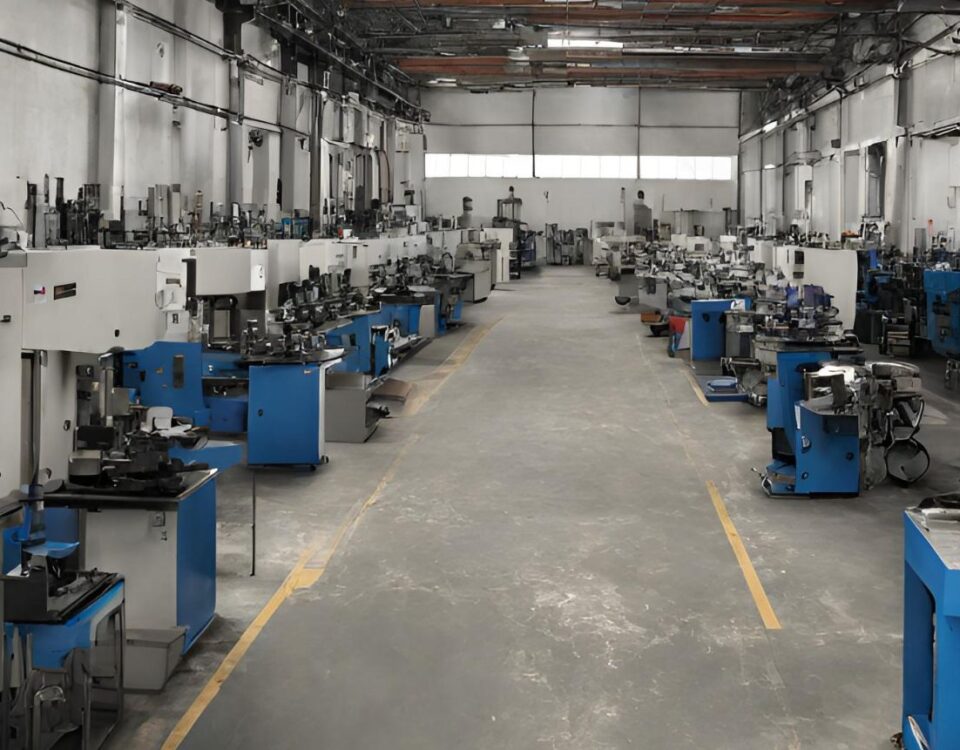
Choosing the Perfect Workholding Solution for CNC Machining Operations
22 January 2024
Precision Machining Parts: The Backbone of Modern Manufacturing
29 January 2024Introduction:
In the realm of precision manufacturing, achieving cost savings in CNC (Computer Numerical Control) machining is a perpetual pursuit. However, the challenge lies in finding ways to reduce costs without compromising the quality of the machined components. CNC machining is a cornerstone of modern manufacturing, providing unparalleled accuracy and versatility. As businesses strive for efficiency and competitiveness, the need to optimize CNC machining processes becomes paramount.
This exploration delves into the strategic methodologies and best practices employed to trim CNC machining costs while upholding the highest standards of quality. From material selection and design optimization to advanced machining techniques and supplier collaboration, the quest for cost-effectiveness requires a comprehensive and thoughtful approach. Join us as we unravel the intricacies of reducing CNC machining costs without sacrificing the precision and excellence that define this indispensable manufacturing process.
Reducing CNC machining costs without compromising quality requires a strategic approach that focuses on efficiency, optimization, and smart decision-making. Here are several ways to achieve cost savings in CNC machining:
1. Material Selection:
- Choose materials wisely based on your project requirements. Opt for cost-effective materials without compromising the quality or functionality of the final product.
2. Design Optimization:
- Collaborate with design engineers to optimize part designs for manufacturability. Reducing complex features, avoiding tight tolerances where unnecessary, and optimizing the overall design can lead to significant cost savings.
3. Precision Planning:
- Plan your CNC machining process meticulously. Consider the most efficient toolpaths, optimal cutting speeds, and feeds to minimize machining time and reduce wear on tools.
4. Batch Manufacturing:
- If feasible, batch similar parts together for production. This allows for economies of scale, reducing setup times and increasing overall efficiency.
5. Fixture Design:
- Invest in well-designed fixtures that securely hold the workpiece. A good fixture minimizes the need for rework, reduces setup times, and improves overall machining accuracy.
6. Tool Life Management:
- Monitor and manage tool life effectively. Implement a tool maintenance program to extend the life of cutting tools, reducing the frequency of tool replacements and associated costs.
7. CNC Machine Optimization:
- Ensure your CNC machines are properly calibrated and regularly maintained. Optimize cutting parameters to achieve maximum efficiency without sacrificing quality.
8. Supplier Collaboration:
- Work closely with your CNC machining suppliers. Establish long-term relationships to negotiate better pricing, share insights for process improvement, and benefit from their expertise.
9. Material Utilization:
- Minimize material waste by optimizing the nesting of parts on raw material sheets. Software tools can help optimize the layout to reduce scrap and enhance material utilization.
10. Lean Manufacturing Practices:
- Implement lean manufacturing principles to eliminate waste, improve workflow, and enhance overall efficiency. Continuous improvement methodologies can lead to ongoing cost reductions.
11. Quality Control Measures:
- Invest in quality control measures to catch defects early in the process. Detecting and correcting issues at an early stage prevents the need for rework and helps maintain high-quality standards.
12. Training and Skill Development:
- Ensure that your CNC machine operators and programmers are well-trained and up-to-date with the latest techniques. Skilled personnel can optimize processes and troubleshoot issues more effectively.
13. Energy Efficiency:
- Consider energy-efficient machining practices to reduce operational costs. This includes optimizing machining parameters, using high-efficiency tools, and investing in energy-efficient equipment.
By combining these strategies, businesses can achieve significant cost savings in CNC machining while maintaining or even improving the quality of the final products. It's a holistic approach that involves collaboration across design, engineering, manufacturing, and supply chain management.
Conclusion:
In the dynamic landscape of precision manufacturing, the journey to reduce CNC machining costs without compromising quality is a delicate balance of innovation, efficiency, and strategic decision-making. As we've explored various methodologies and best practices, it becomes evident that achieving cost savings is not about cutting corners but about optimizing processes and embracing intelligent solutions.
The intersection of material selection, design optimization, lean manufacturing practices, and skilled personnel creates a roadmap for sustainable cost reduction. Businesses that navigate this landscape with a keen focus on continuous improvement, collaboration, and embracing technological advancements are better positioned to achieve a harmonious blend of affordability and excellence in CNC machining.
It's essential to recognize that the pursuit of cost savings is not a one-time effort but a continuous commitment to refining processes, investing in technology, and fostering collaboration across the supply chain. By prioritizing efficiency without compromising quality, manufacturers can not only achieve financial benefits but also enhance their competitiveness in a global market that demands both precision and cost-effectiveness.
In conclusion, the path to reducing CNC machining costs is a dynamic journey that requires adaptability, collaboration, and a commitment to excellence. By embracing these principles, businesses can navigate the complexities of CNC machining, unlocking the full potential of cost savings while delivering high-quality machined components.




